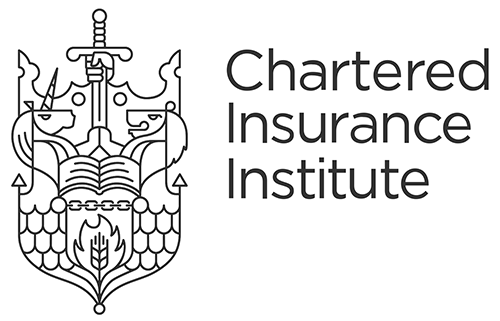

HR practitioners, Operations and Office managers with HR responsibilities
Help with applying the Professional Map to your recruitment process
Competency-based selection is an objective method for accurately assessing candidates’ ability
During the recruitment cycle
Ensuring you recruit the best person into a role is notoriously challenging and time-consuming, so it’s important to maximise the chances of success, which can be improved by using objective selection methods such as competency-based interviews.
This help sheet focuses on using the Professional Map to inform competency-based interviews.
Also known as behavioural or situational interviews, they are designed to test one or more competencies and work on the principle that past performance is the best predictor of future behaviour. They differ from standard interviews, as far as they are structured, objective and evidence based.
In unstructured interviews recruiters ask a set of open-ended questions relevant to the job, such as 'what can you do for the company?' and 'why did you apply for the job?' to get an overall impression of the candidate. A competency-based interview is more systematic, and each question targets a competency needed for the job.
It’s important to use an up-to-date job description and person specification against which you are going to identify the critical competencies that are key to succeed in the role and will inform the interview. Please refer to the Designing a role help sheet to learn how to use the Professional Map for creating a job description and person specification.
The Professional Map is structured into 4 bands of experience, each describing the different level of impact professionals have in the work they do. Learn more >>
Consider which of the four bands the role most closely aligns to. If you were interviewing a for a Claims Manager role whose purpose is oversee the processing of complex claims, you will likely map the role against Band 3 standards. If you were recruiting for a junior Financial Adviser you would likely map the role against Band 2 standards.
Read the behaviours, enablers, and technical expertise (where relevant) at the band identified, but also explore whether there are standards within different bands that would also be critical, as roles will not always fall perfectly within a specific band.
Use the job description and person specification to identify which are the critical competencies required for the role. Each role requirement may draw upon several competencies. For example, if the person specification requires ‘excellent customer service skills’, you may consider the competencies of ‘Customer Focus’ and ‘Inclusivity’.
Look at the competencies you have identified in step 2 and select the competency standards that candidates will have to demonstrate or provide examples of during the interview. The standards you select will become criteria against which you will assess their responses.
For example, thinking about the junior Financial Advisor mapped against Band 2 in step 1, who's role is 100% client facing, you could select from the competency of ‘Customer Focus’ the following standards as the criteria against which to assess the candidate during the interview:
Note that although the role is primarily mapped against Band 2, there are standards in other bands that may be also relevant.
You don't have long during the interview, so it’s best to select a few areas of competence to explore in-depth. Use our bank of competency-based questions to help build your interview questionnaire.
The candidates’ responses will be evaluated against the competency standards you have selected in step 3. All candidates are assessed against the same areas of competence and using the same standards as assessment criteria to ensure that the selection is fair and objective.
Competency based questions typically ask the candidate to give examples of when they have demonstrated the specific competencies being explored. They often start with “Can you give me an example of when….” to “Tell me about a time when…”. The interviewer writes down the response without evaluation at this stage. They then use the criteria to evaluate the response before deciding on the outcome.
For example:
Opening question: Can you give me an example of a time when you have anticipated the future needs of your customers and been proactive in trying to meet them?
Probing questions: What did you do? Why did you think it was important? Did you encounter any challenges?
The standards can also be used in the selection process to inform the development of:
Explore the technical expertise and behaviours at the core of what it means to be a well-rounded professional.
Everything you need to know about the Professional Map and how it applies to you and your firm.